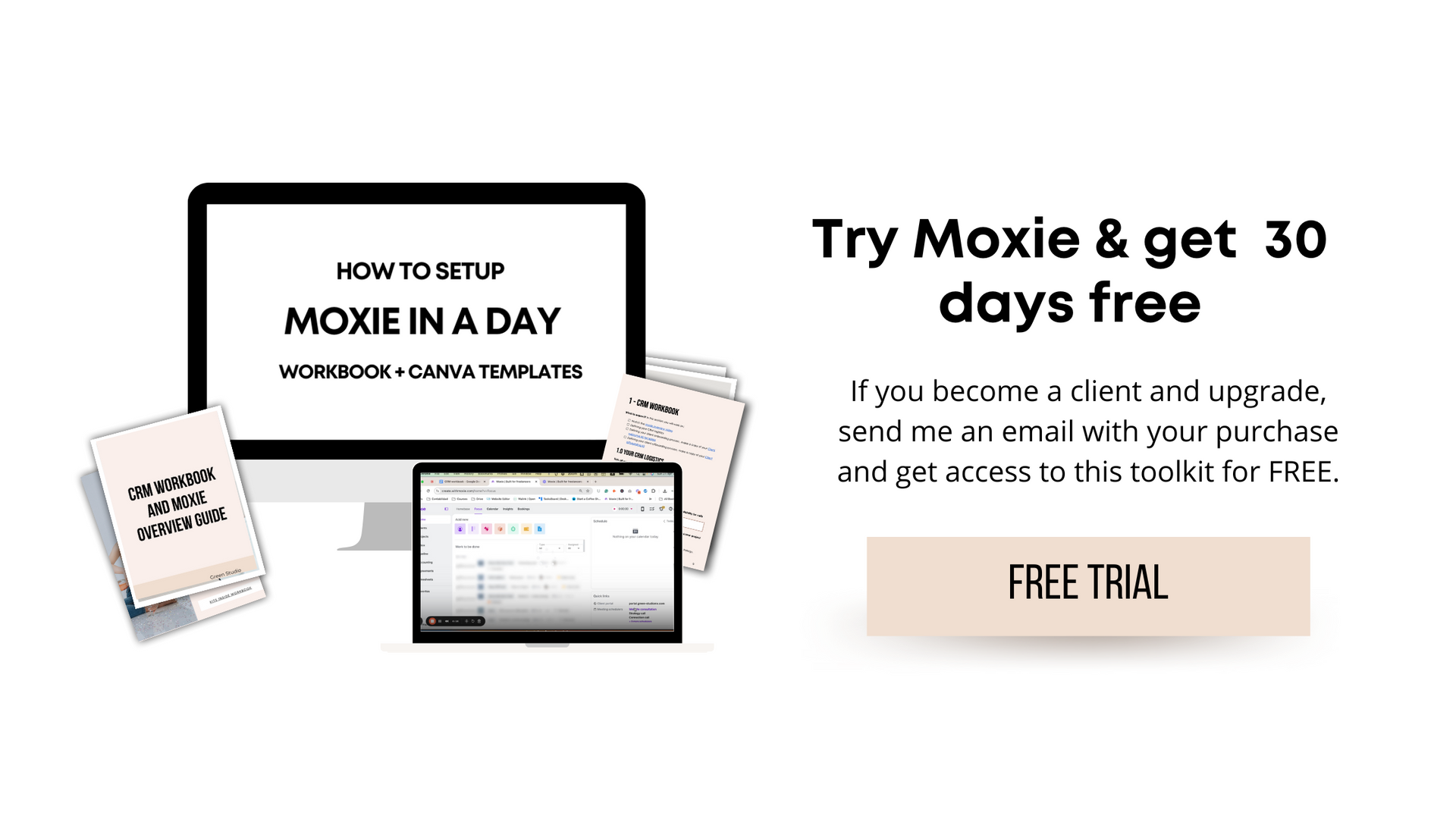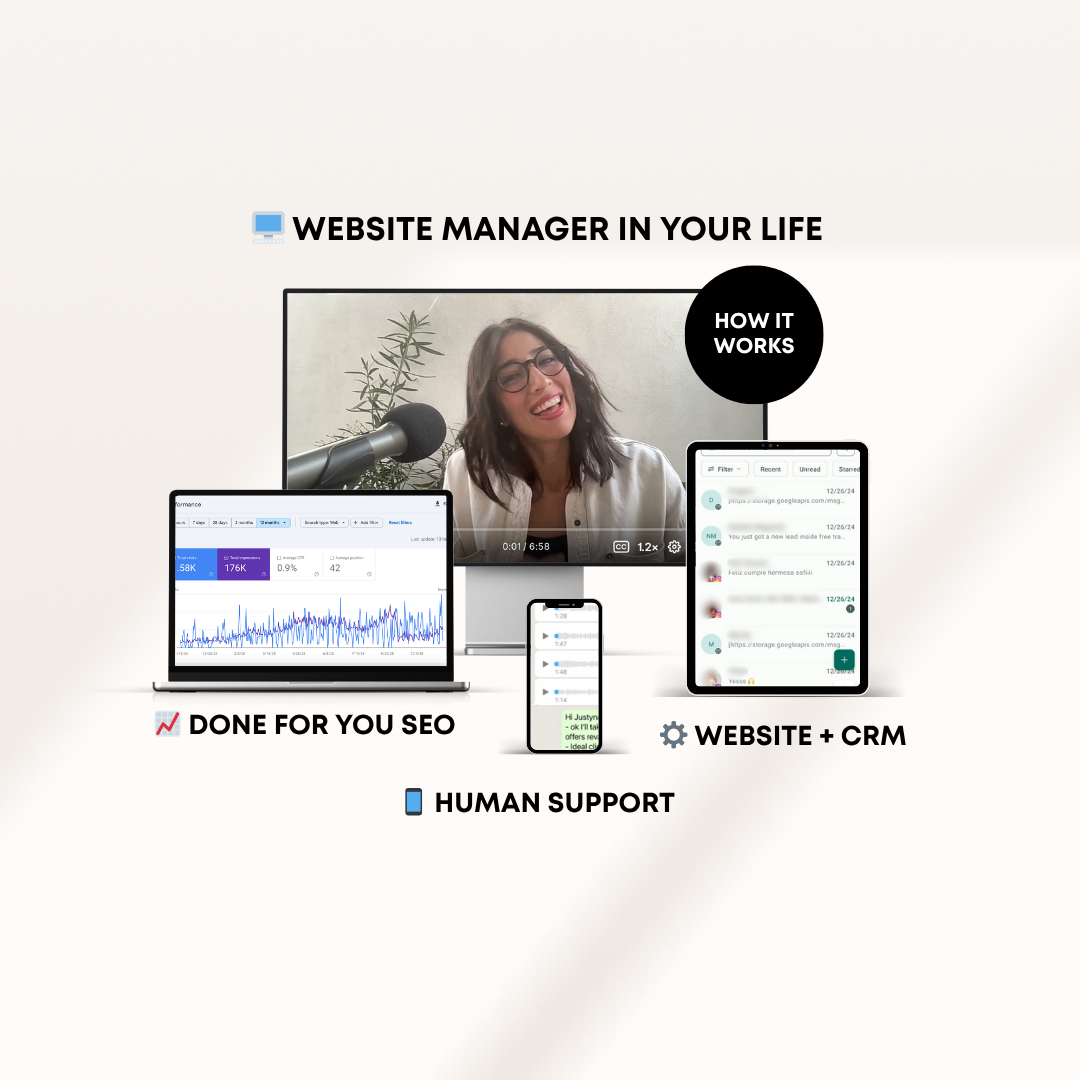Top 10 Calendly alternatives and my favorite one out of this list
The way you streamline your calendar bookings has a huge impact on your workweek and how you set boundaries with clients, establish clear communication guidelines and automate reminders so that everyone who works with you, respects your time and schedule.
In case we haven't had the pleasure of meeting, I'm Natalia, the founder of Green Studio. My mission is to help industry leaders stand out, gain visibility, and simplify their marketing efforts, one website at a time. Today, I want to share with you a game-changing solution for online service providers and industry leaders who are looking for a reliable scheduling tool. If you've tried Calendly and found it to be too expensive or overwhelming, don't worry. In this blog post, I will introduce you to the ultimate list of top Calendly alternatives. And my personal favorite!
You may have already given Calendly a try, I used to use it for several years. The free version is great, and the premium version along with workkflows is also great. However, when you pay for tools sometimes you find that one monthly cost stacks with another and it’s totalle valid to optimize your tool budget. That’s exactly why I've curated this list of alternatives for you. I want to ensure that you have access to user-friendly and efficient options that will streamline your scheduling processes where you can have the Calendly solution alng with other features under the same simple tool.
What exactly is Calendly?
Calendly is an online scheduling tool designed to simplify appointment bookings for businesses and professionals. It allows users to create personalized booking links that can be shared with clients or colleagues. With Calendly, you can set your availability preferences, sync calendars, and automate reminders.
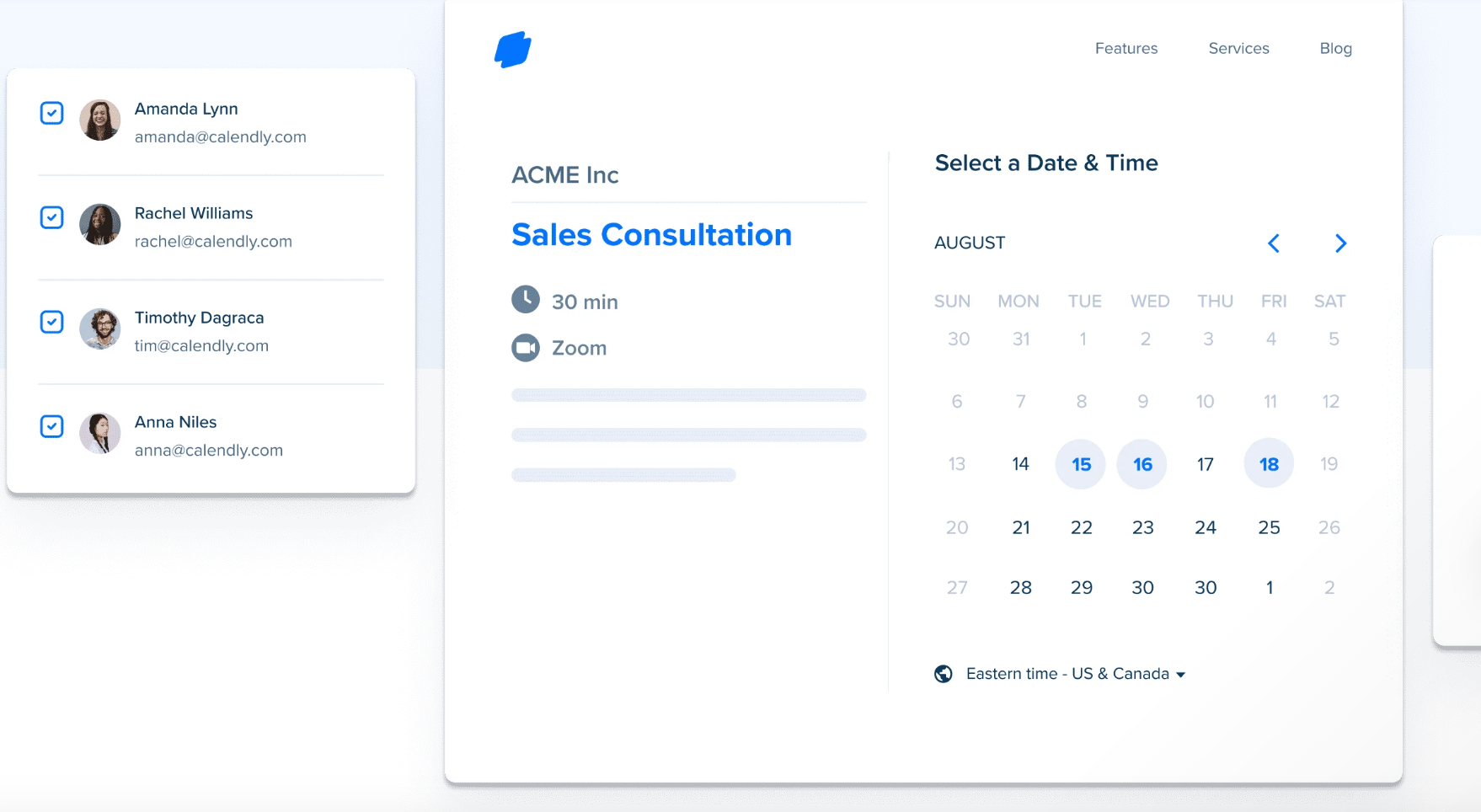
The most common downsides of Calendly:
While Calendly has gained popularity and is the favorite choice for many, it's essential to acknowledge its downsides. Some of the most common complaints about Calendly include its limited customization options, lack of integrations with certain platforms, and difficulty in managing multiple calendars. Personally I just didn’t love paying a monthly fee for a simple calendar booking that other CRMs offer as a built in feature.
The top 10 Calendly alternatives for freelancers and solopreneurs:
1. Moxie:
My personal favorite and the top choice on this list.
Moxie
(affiliate link) offers a seamless scheduling experience with advanced features such as intake forms, Zoom or Google Meet integration, and sales pipeline automation triggers.
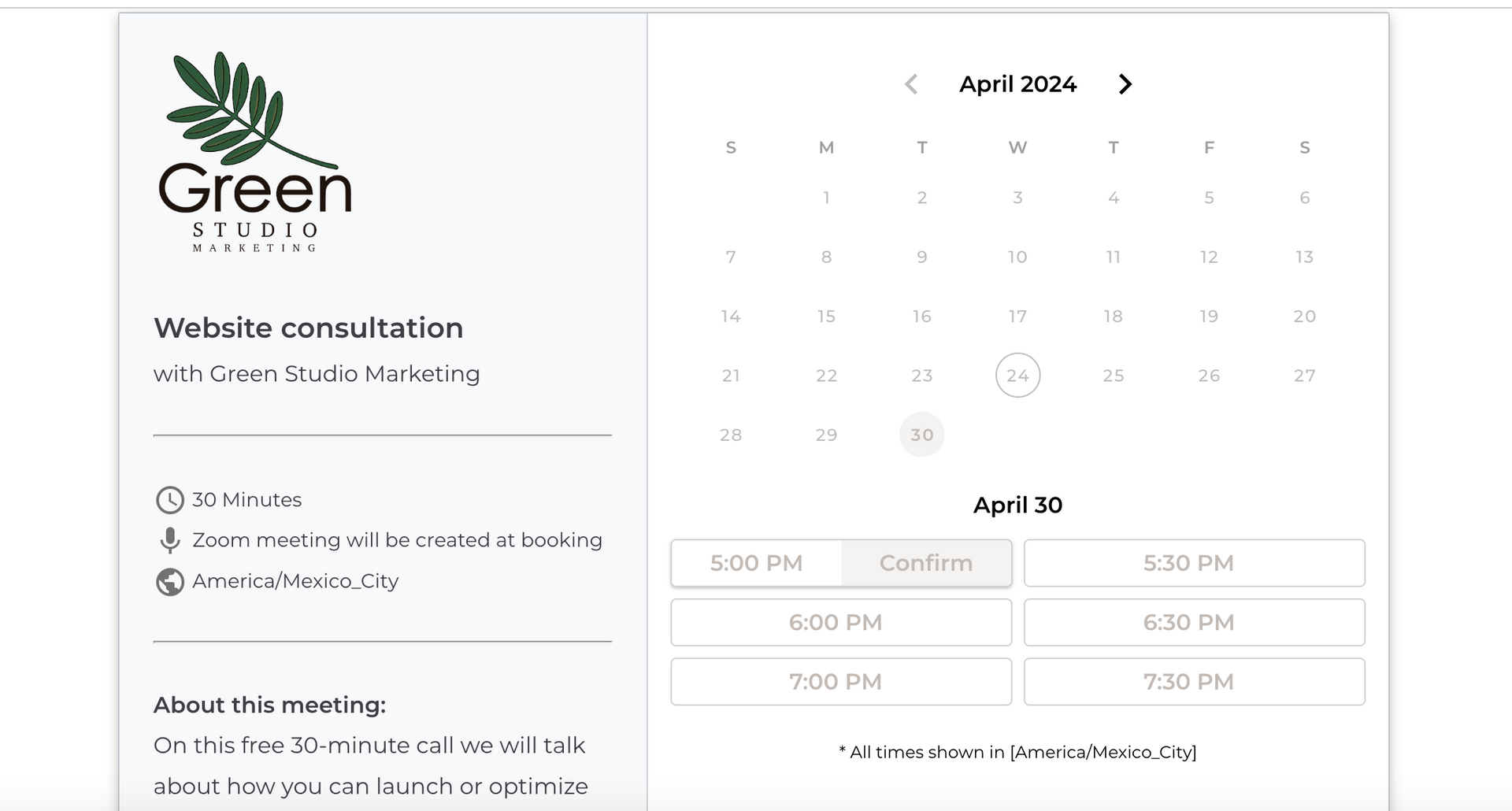
2. Setmore:
A user-friendly alternative that allows you to manage appointments effortlessly.
Setmore
offers customization options, calendar syncing, and payment integration. I actually like this option better than Calendy and it has been a great integration choice for therapists and coaches or local spas that want to sell in-person or online appointments. You can charge for appointments in their free version and they have awesome customer support.
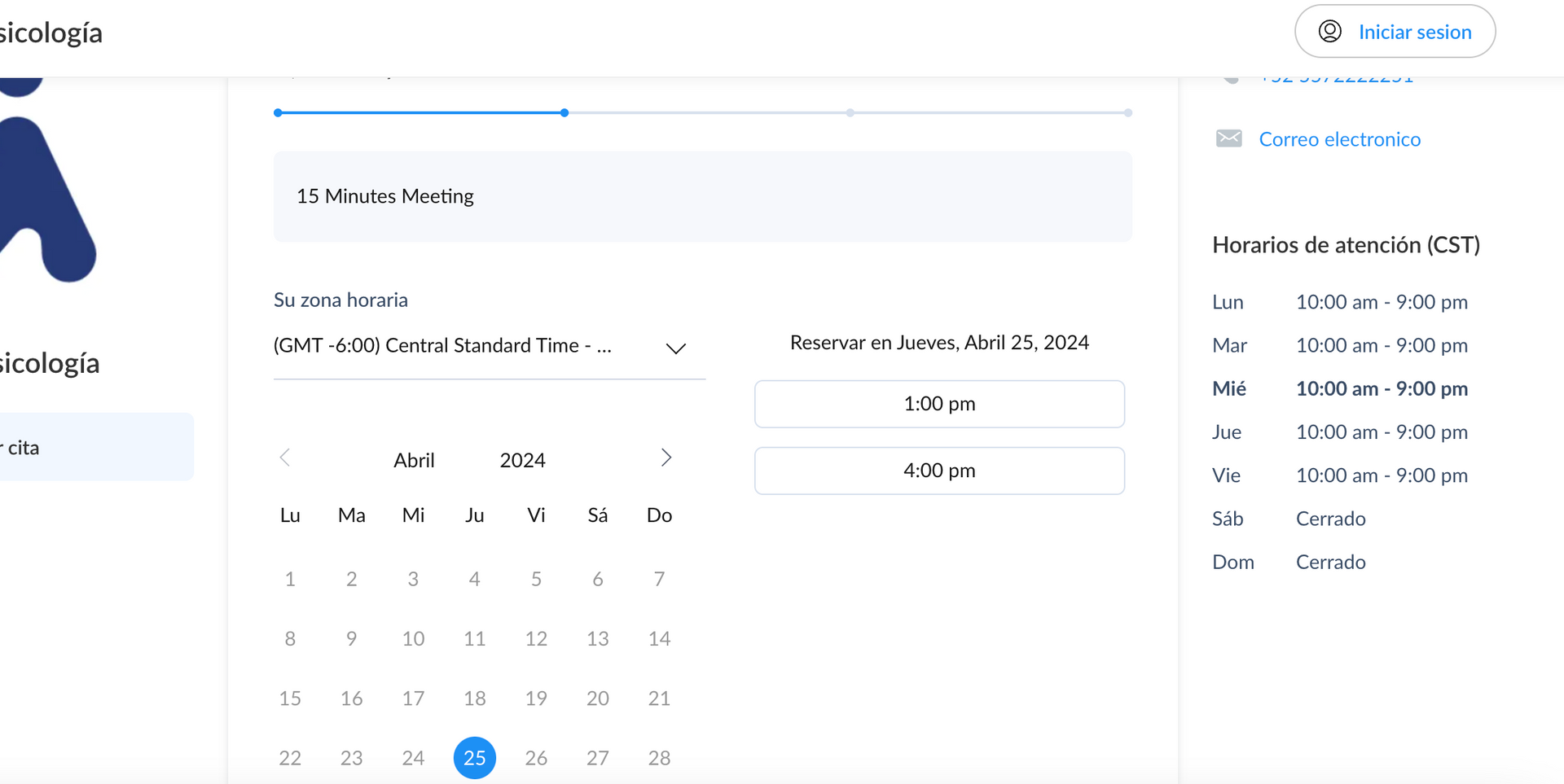
3. TidyCal:
Known for its clean and intuitive interface,
TidyCal
provides an excellent alternative to Calendly. This is a one time purchase and does exactly the same basic features as Calendly.
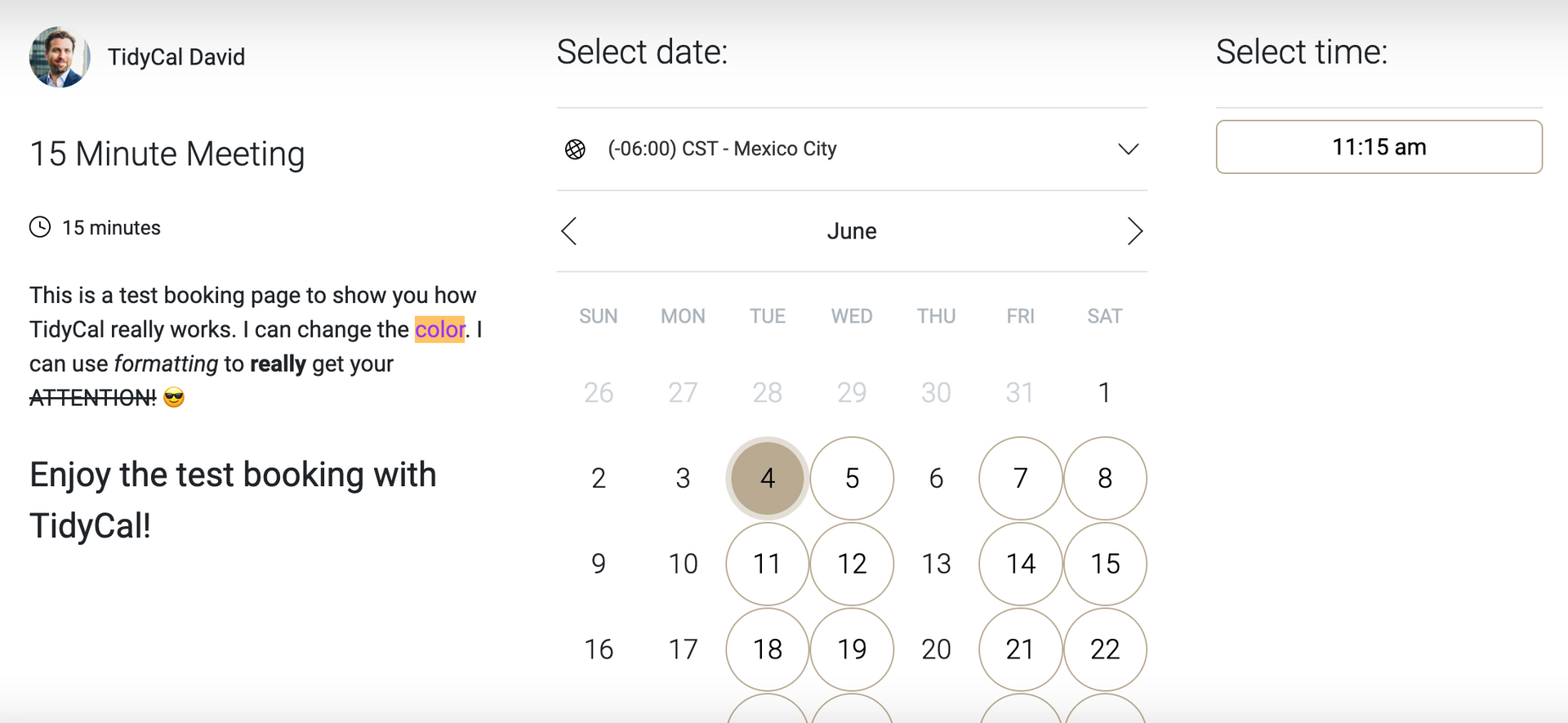
4. Google Calendar:
If you have Google Workspace, they recently rolled out an
appointment scheduler
that can also replace a premium Calendly account.

5. Acuity Scheduling:
A comprehensive scheduling tool that caters to various business needs.
Acuity Scheduling
offers advanced features like customizable booking pages and client management. I don't love the user interface of Acuity though.
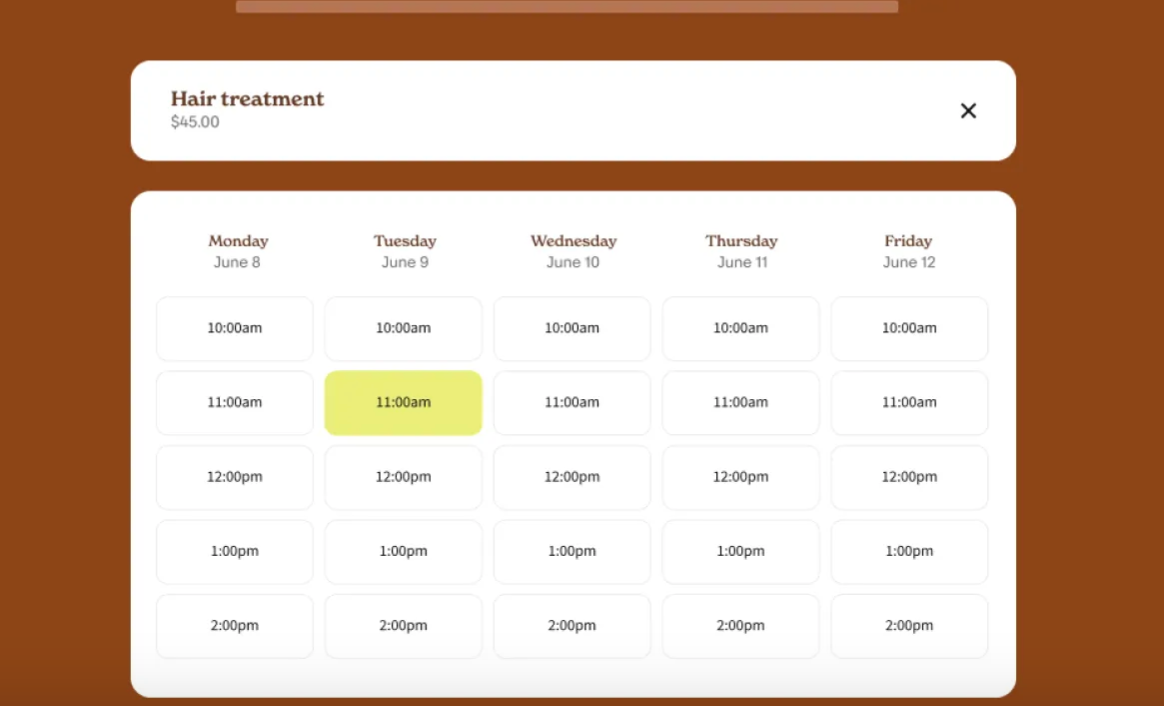
6. Doodle:
Doodle
is another tool thaat you can use for scheduling, however it’s main focus is to find the best time for group meetings.

7. JotForm:
More than just a form builder,
JotForm
includes a powerful scheduling feature that allows you to create customized appointment booking forms.
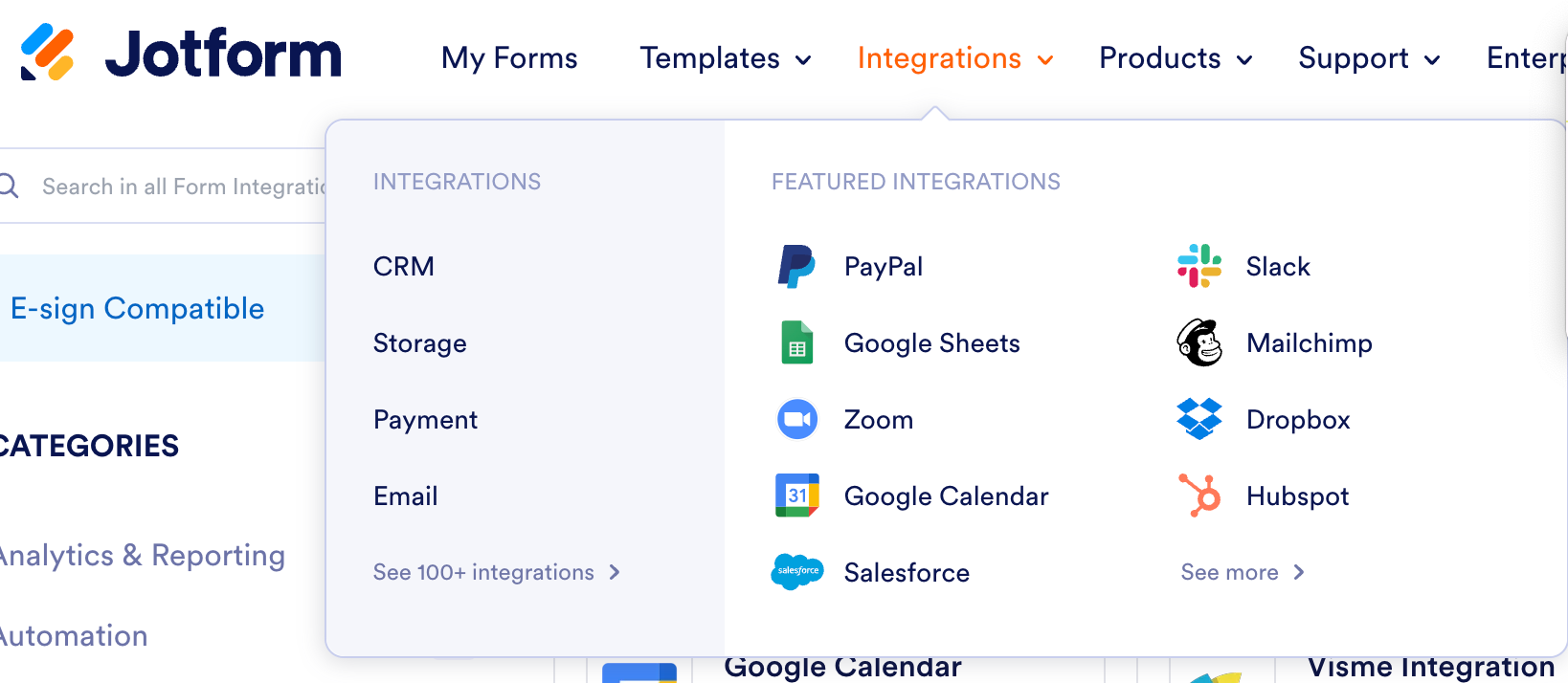
8. SimplyBook:
An all-in-one solution for service-based businesses,
SimplyBook
provides scheduling tools along with features like online payments and customer reviews.
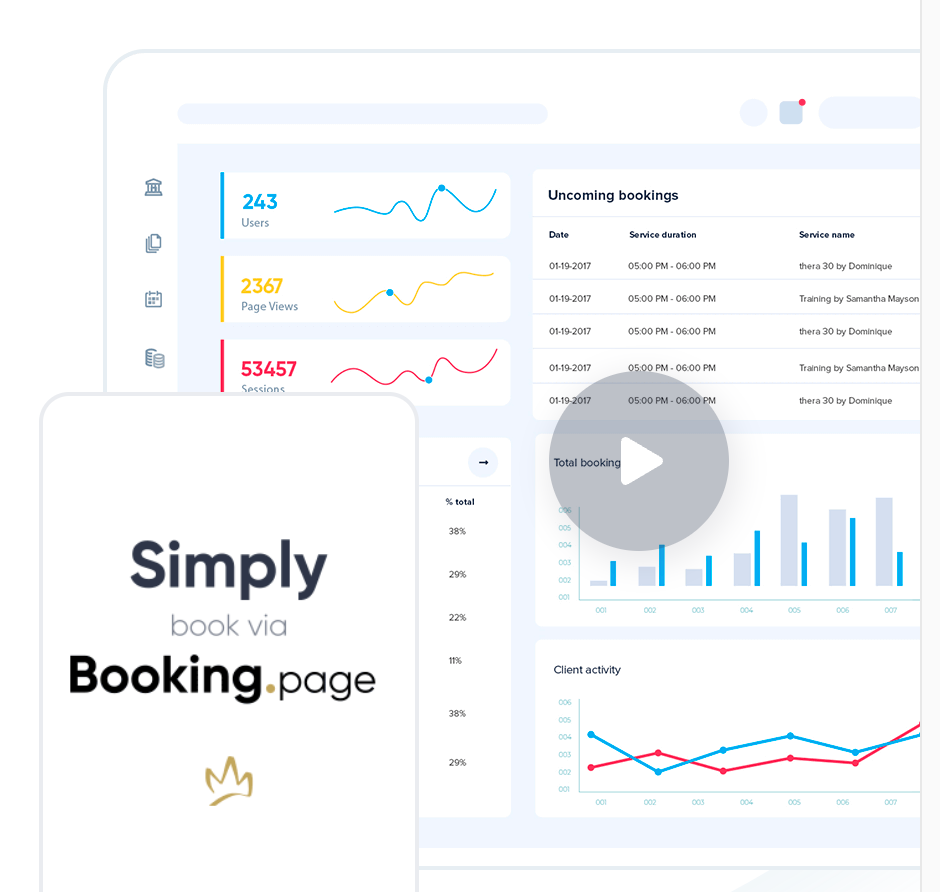
9. Square Appointments:
Ideal for small businesses,
Square Appointments
combines scheduling functionality with point-of-sale capabilities.

10. Hubspot:
A robust CRM platform that includes a scheduling feature, Hubspot allows you to manage appointments seamlessly within your customer relationship management system.
Why I switched from Calendly to Moxie:
After using Calendly for some time, I decided to make the switch to
Moxie.
The reason? Moxie offers a more intuitive user interface and a wider range of features that perfectly align with my business needs. With Moxie, I found it easier to customize my booking process, integrate with other tools like Zoom or Google Meet, and automate reminders for both myself and my clients. It's made managing my schedule a breeze and has ultimately improved my overall efficiency. The best part is that there is no need for me to pay for a scheduling tool anymore and with Moxie I have booking + CRM and so much more for a couple extra bucks per month.
Why Moxie is better than Calendly:
Moxie surpasses Calendly in several key areas.Mainly because it solves the same basic needs a ton of freelancers need of being able to charge and customize different meeting types. Additionally, Moxie offers advanced features like intake forms, which allow me to gather essential information from clients before our meetings. The integration with Zoom or Google Meet ensures seamless video conferencing experiences. Moreover, Moxie's ability to incorporate scheduling as part of my sales pipeline enables me to streamline my processes and trigger automations and reminders effortlessly.
How to set up your Moxie calendar in 3 simple steps today:
1. Plan your calendar availability:
Start by setting your availability preferences within the Moxie platform. Choose the days and times when you're open for appointments.

2. Plan your intake form & connect to Zoom or Google Meet:
Customize your intake form according to the information you need from clients before their meetings. Integrate your preferred video conferencing tool for seamless virtual appointments.
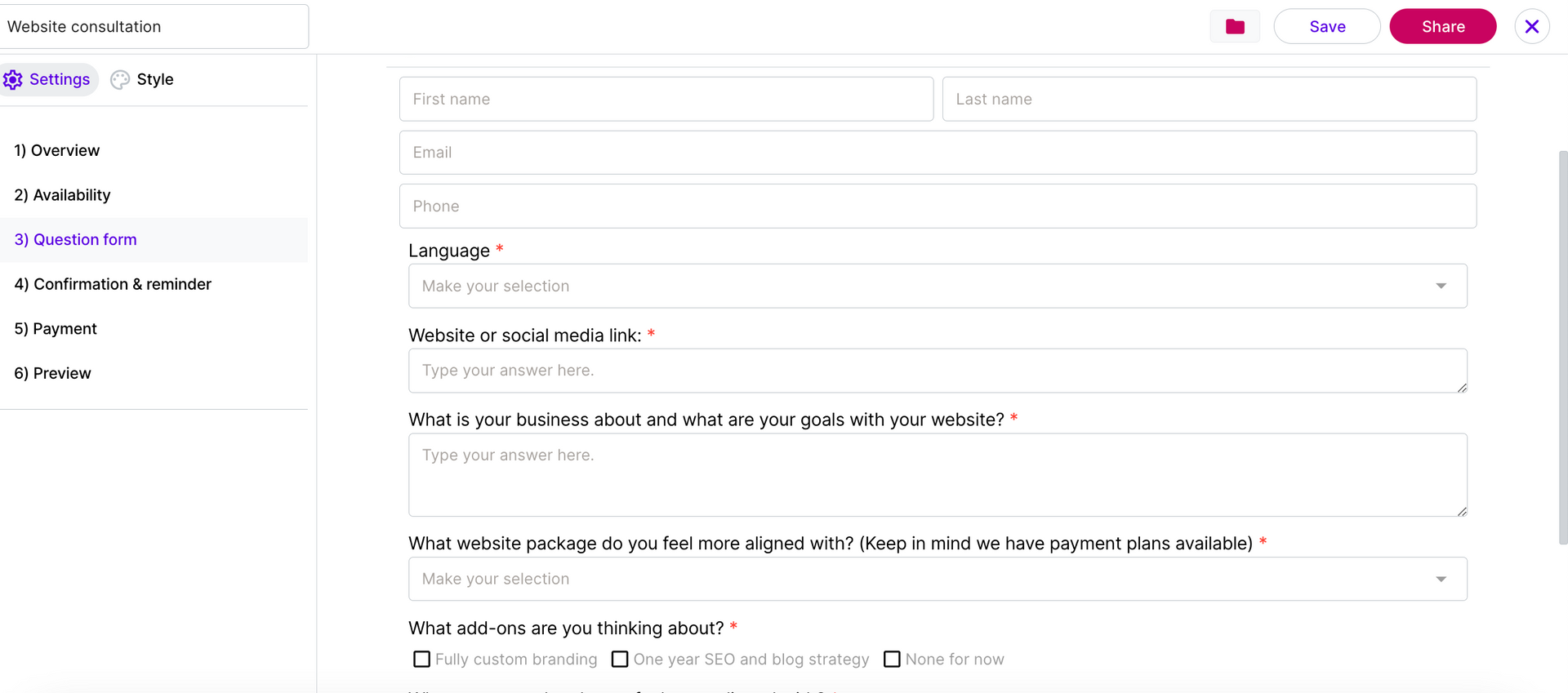
3. Set up your calendar as part of your sales pipeline and trigger automations and reminders:
Leverage Moxie's sales pipeline feature to streamline your scheduling process further. Set up automations and reminders based on specific actions or triggers.
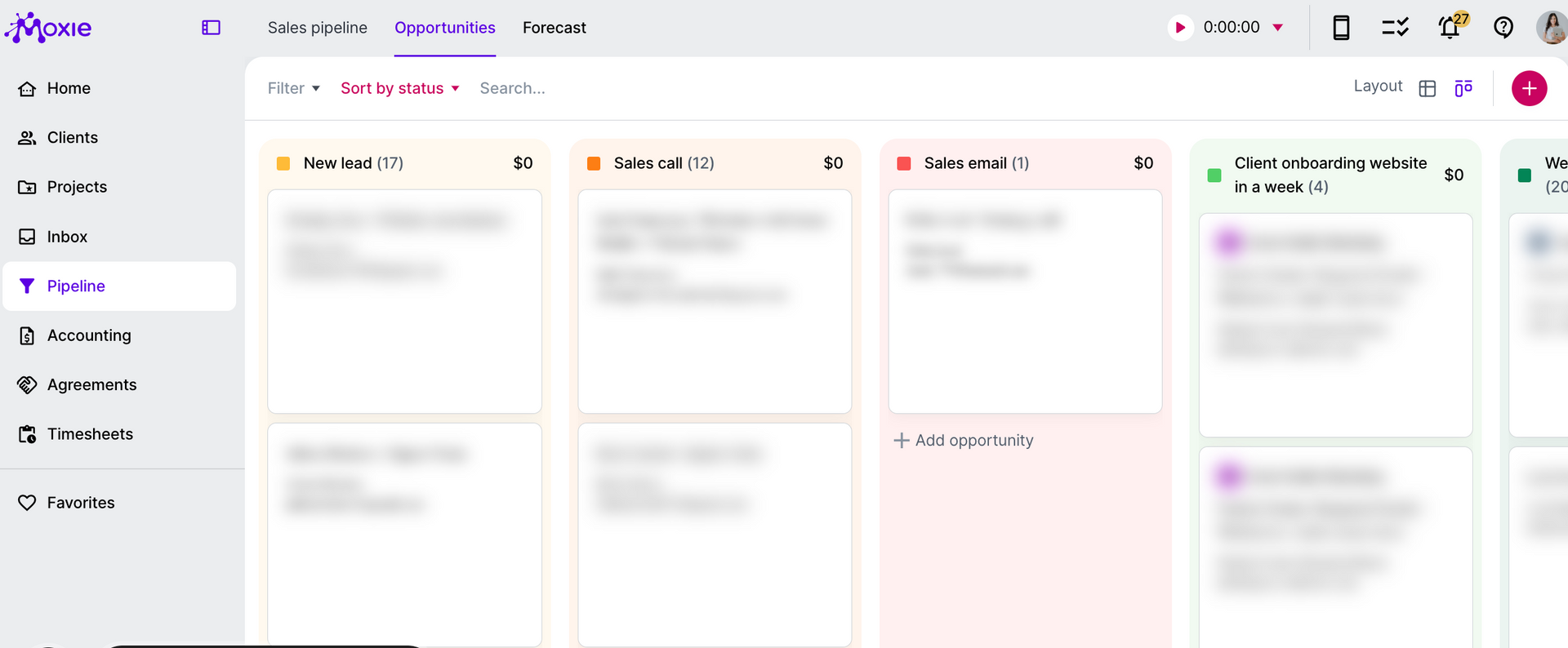
Take the next step towards simplifying your scheduling process with Moxie’s free 30 day trial
With its user-friendly interface, advanced features, and seamless integrations,
Moxie
is the perfect Calendly alternative for online service providers, freelancers and solopreneurs. Don't let scheduling overwhelm you—embrace a tool that empowers you to focus on what matters most: serving your clients and growing your business.
In conclusion, exploring alternatives to Calendly opens up a world of possibilities for improving your scheduling processes. Whether it's Moxie or one of the other top choices mentioned in this article, finding the right fit for your needs will ultimately enhance your productivity and give you the confidence to attract dream clients. So go ahead, make your calendar tool decision today, and stop overthinking it. Your simplified scheduling journey awaits!
Ditch Calendly and switch to Moxie and get this free CRM toolkit
Moxie offers a free trial period so you can test out the software and see if it aligns with your business needs. Start your free 30 day trial with my affiliate link and if you choose to upgrade just come back and send me an email at mkt@green-studiomx.com so I can send you this Moxie in a day toolkit with a Moxie overview video + a CRM setup workbook so you tick off all the tasks that need to be completed to define your CRM logistics, and Canva templates for your onboarding and offboarding process.
Want to keep comparing tools?
- Top 10 Dub sado alternatives
- Dubsado vs Honeybook vs Hello Bonsai vs Moxie
- The best website platforms for service providers
- 22 stress-free business tools for entrepreneurs
- Showit vs Squarespace
- Mailerlite vs Flodesk

* AI Disclosure: This content may contain sections generated with AI with the purpose of providing you with condensed helpful and relevant content, however all personal opinions are 100% human made as well as the blog post structure, outline and key takeaways.
* Affiliate Disclosure: Some of the links on www.nataliamaganda.com may contain affiliate links meaning that I will get a commission for recommending products at no extra cost to you.

hello! i'm natalia
Latina, web design expert for mental health professionals.
I help ambitious life coaches, therapists and holistic leaders amplify their magic, gain visibility, and simplify their marketing efforts through strategic web design and content.
If you’re looking for an all-in-one system to manage your website, emails, funnels, and CRM, Go HighLevel (affiliate link) is the most powerful tool I’ve tested—and it’s built to grow with you.
On a tighter budget or just starting out? ThriveCart (affiliate link) offers a one-time payment option and easy checkout setups that still pack a punch for digital offers and automation. (Send me an email after your purchase and make sure to use my affiliate link)



